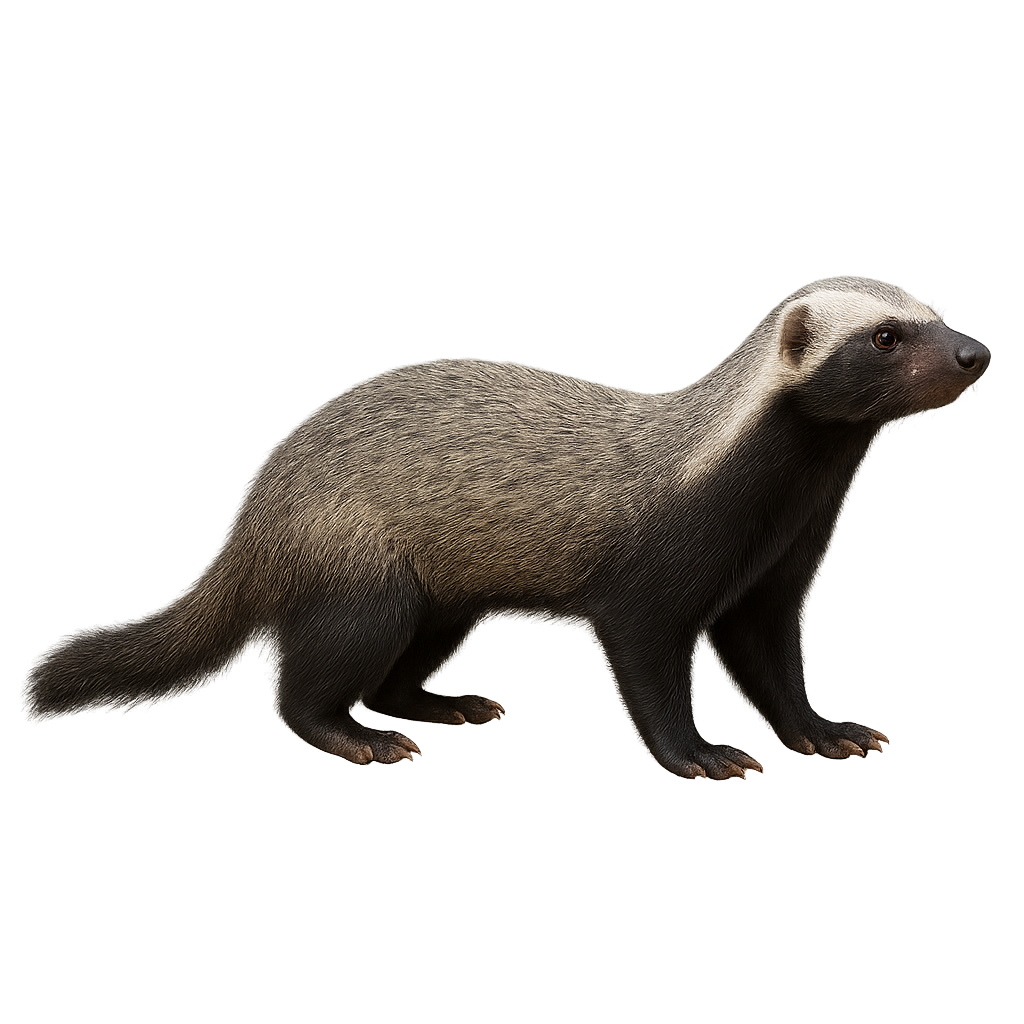Your wildlife photography guide.
Explore the greater grison in detail, study its behavior, prepare your shots.
Where to observe and photograph the greater grison in the wild
Learn where and when to spot the greater grison in the wild, how to identify the species based on distinctive features, and what natural environments it inhabits. The WildlifePhotographer app offers tailored photography tips that reflect the greater grison’s behavior, helping you capture better wildlife images. Explore the full species profile for key information including description, habitat, active periods, and approach techniques.
Greater Grison
Scientific name: Galictis vittata

IUCN Status: Least Concern
Family: MUSTELIDAE
Group: Mammals
Sensitivity to human approach: Suspicious
Minimum approach distance: 10 m
Rut period: January to March
Gestation: 39-43 jours
Births: February to April
Habitat:
tropical forests, savannas, wetlands
Activity period :
Mainly active at night, generally discreet during the day.
Identification and description:
The Greater Grison is a small carnivorous mammal from the Mustelidae family, found mainly in Central and South America. It has an elongated body, narrow head, and short legs. Its fur is characterized by a grayish color on the back and black on the belly, with a distinct white stripe running from the head to the base of the tail. This agile predator primarily feeds on small mammals, birds, and reptiles. It is often seen in tropical forests, savannas, and wetlands. Although mainly nocturnal, it can sometimes be active during the day.
Recommended lens:
400mm – adjust based on distance, desired framing (portrait or habitat), and approach conditions.
Photography tips:
To photograph the Greater Grison, it is advisable to use a telephoto lens of at least 400mm to capture detailed images from a distance. Look for it in tropical forests or savannas, especially at dusk or dawn when it is more active. Be patient and discreet to avoid scaring it away, as it is suspicious. Use a tripod to stabilize your camera in low-light conditions.
The WildlifePhotographer App is coming soon!
Be the first to explore the best nature spots, track rutting seasons, log your observations, and observe more wildlife.
Already 1 432 wildlife lovers subscribed worldwide

